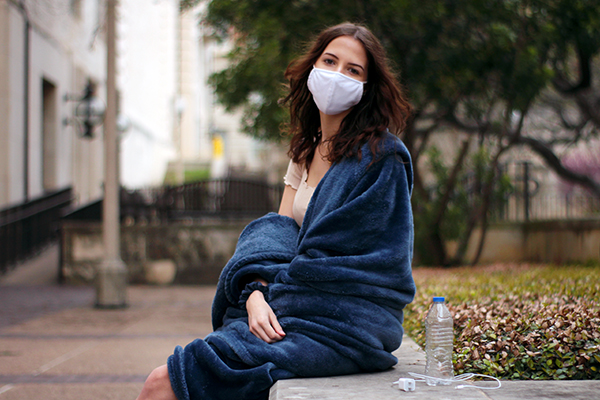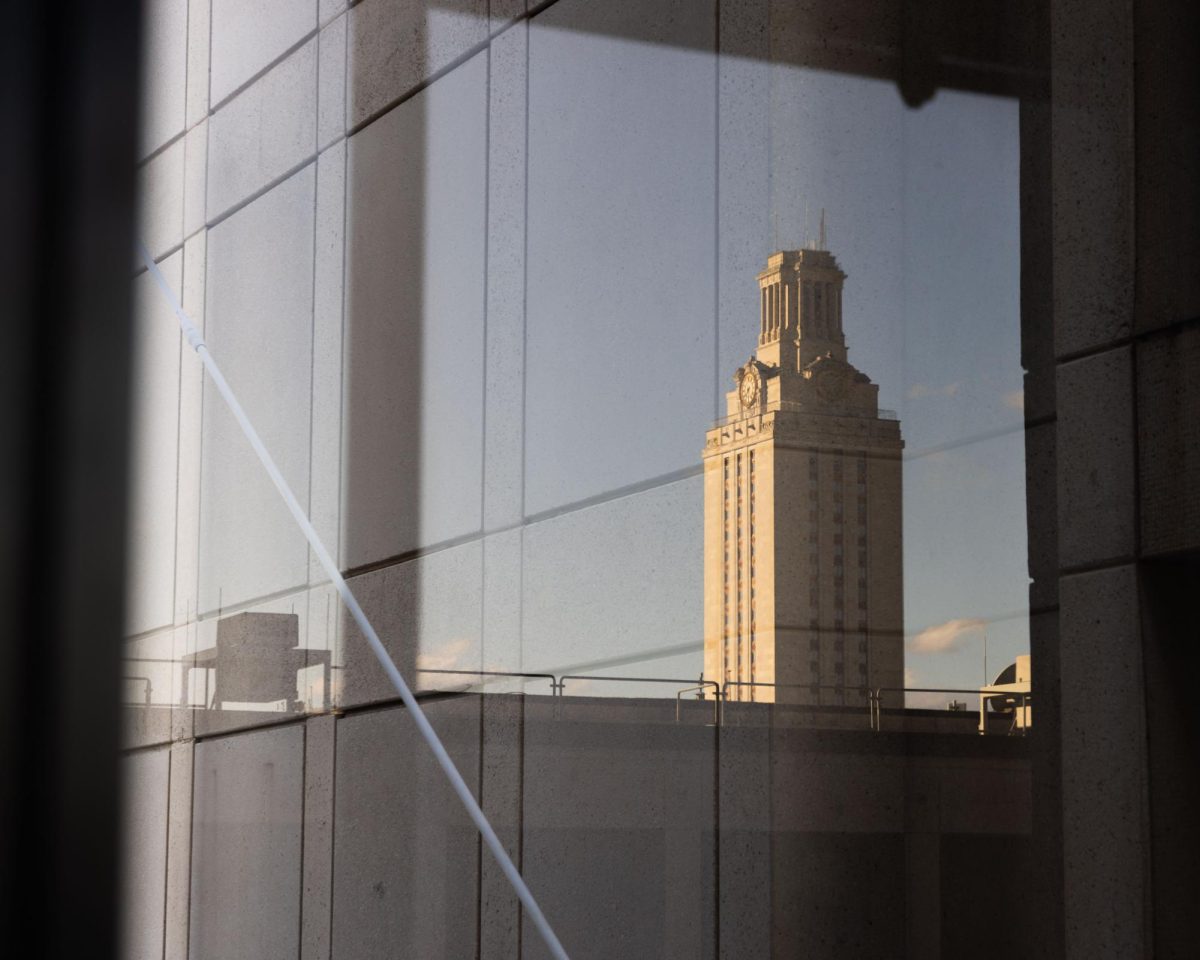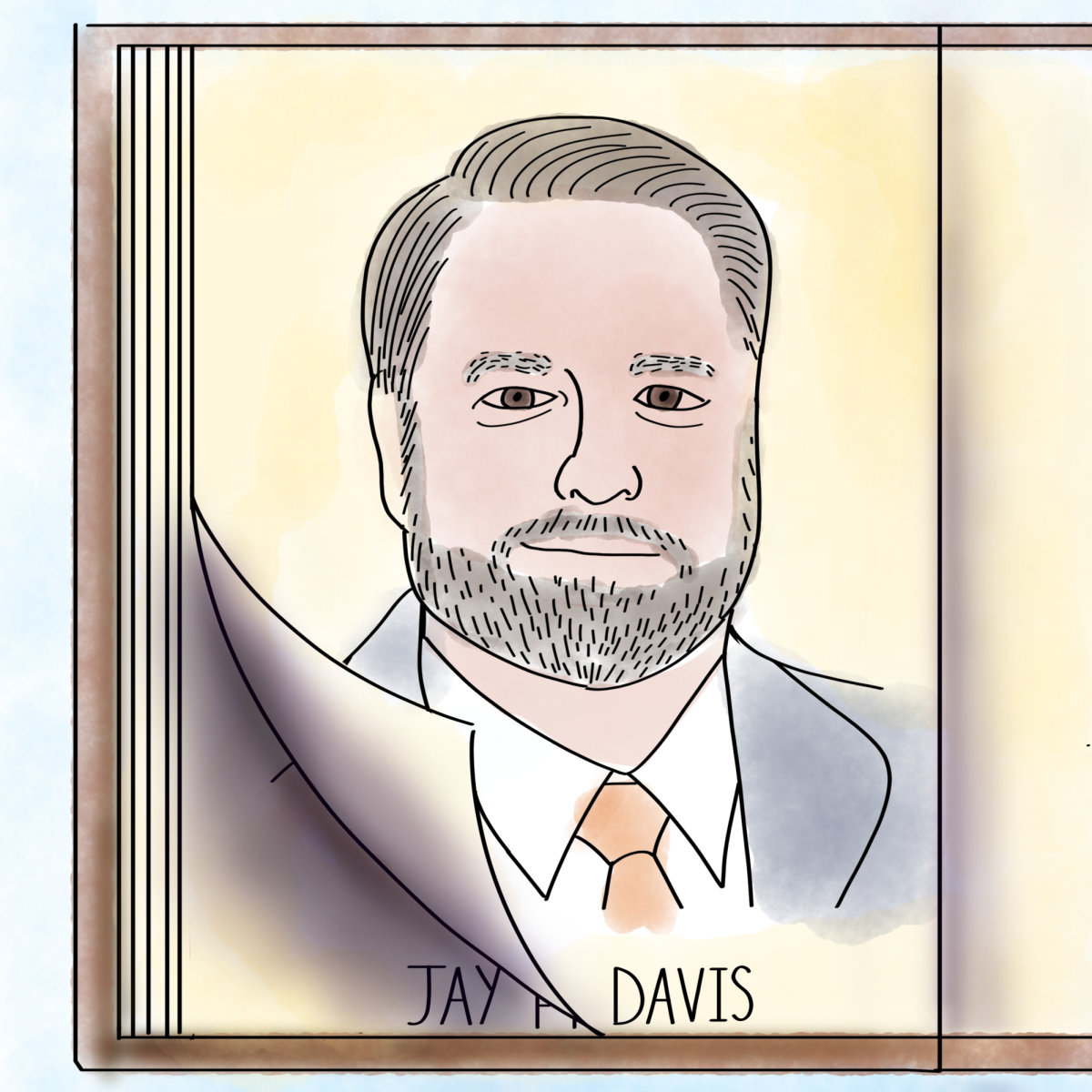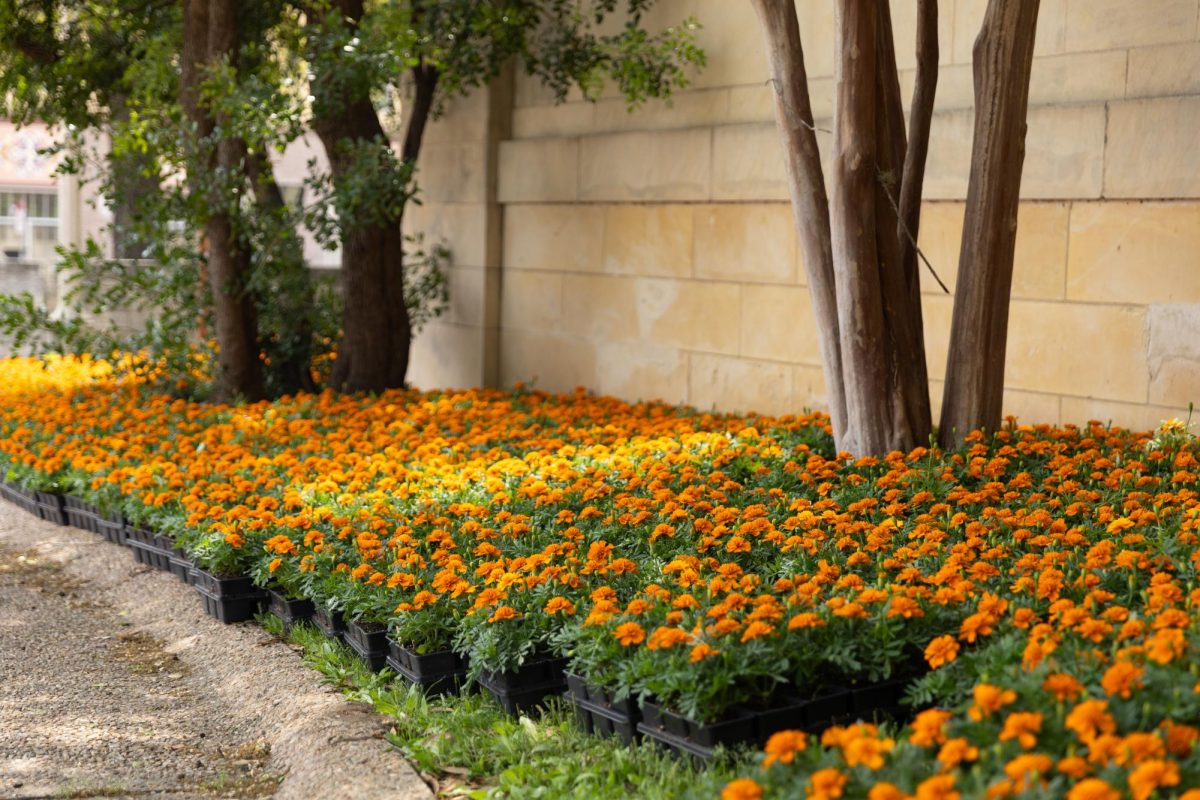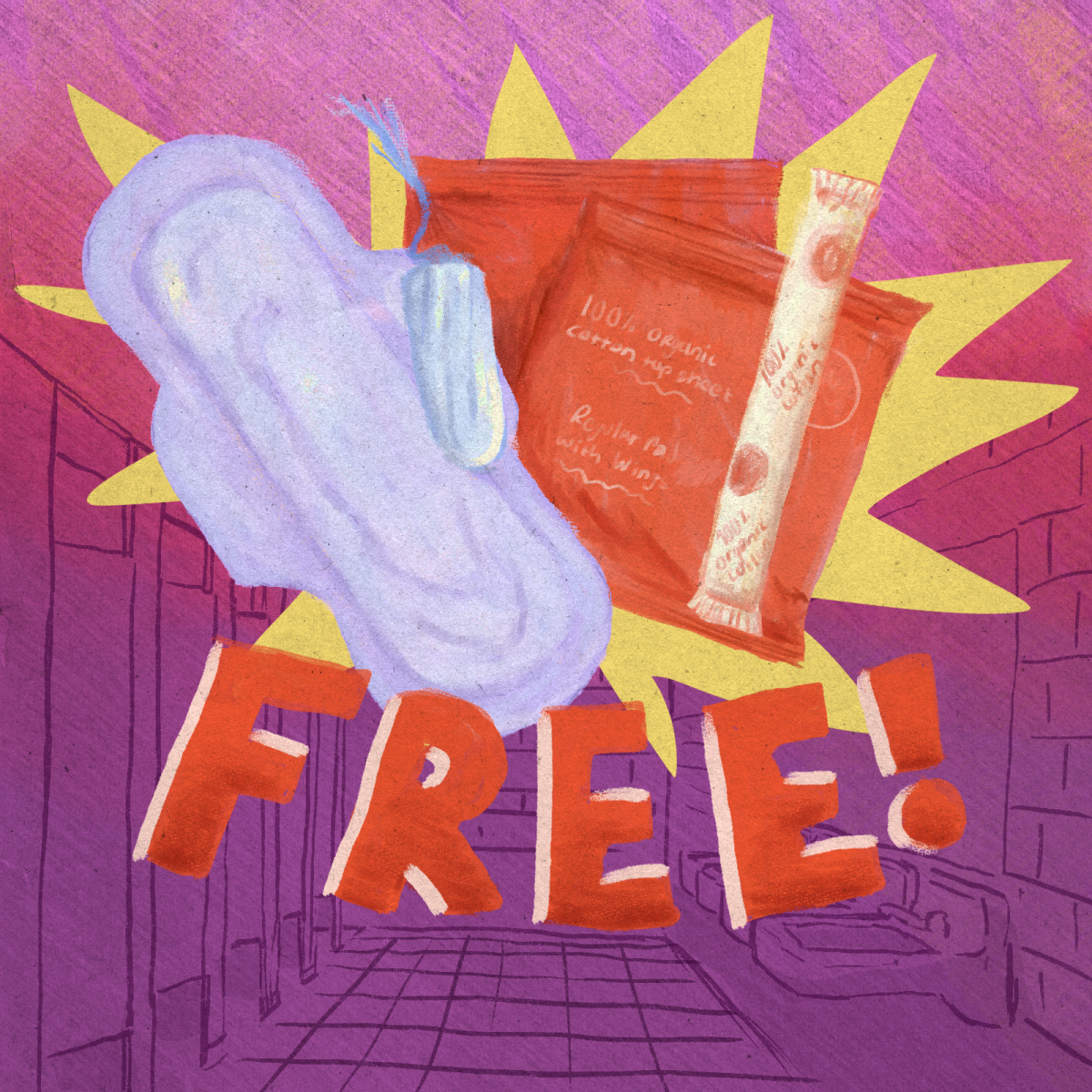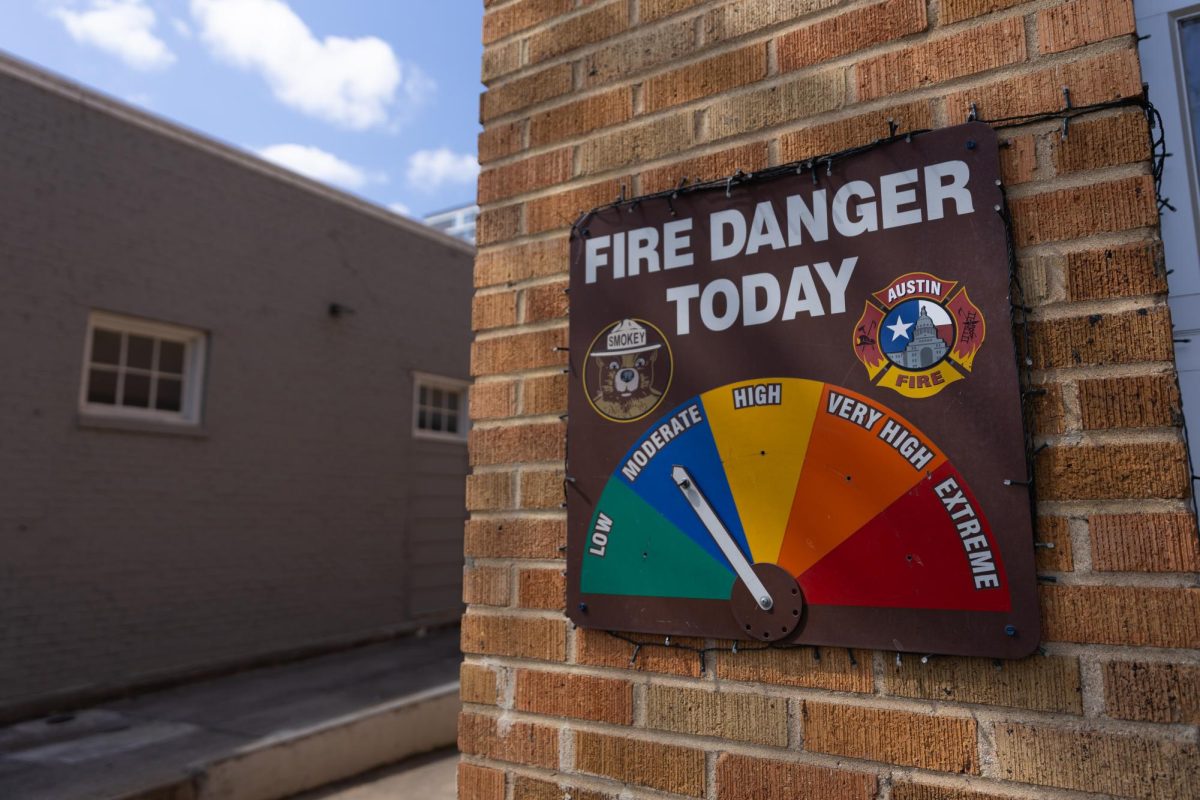Editor's Note: This article first appeared in the March 23 issue of The Daily Texan.
During last month’s winter storm, Kara McDonald spent 10 days experiencing breathing and sleeping problems while shuffling between COVID-19 isolation facilities that had water and power outages.
“It was just a sinking feeling that you are very alone and very helpless, … and you just have to watch things get worse,” said McDonald, a medical laboratory science freshman.
McDonald and other COVID-positive students spent the duration of Winter Storm Uri, which caused mass power and water outages, at the isolation facility run by Austin-Travis County. Some students had little water or food, and fire alarms went off randomly during the week.
McDonald was sent to the facility — a hotel in north Central Austin — Feb. 10, and wasn’t able to return home until Feb. 20. Matt Lara, an Austin Public Health spokesperson, said Austin Public Health is unable to disclose the isolation facilities’ addresses to “protect patient privacy.”
McDonald said the facility lost power Feb. 11, and she was moved to another facility the morning of Feb. 14. After the hotel experienced water issues and power outages on the evening of Feb. 13, the patients were moved to another location via non-emergency ambulances or by driving themselves, Lara said.
“The isolation facilities were in constant communications with the Emergency Operations Center and were some of the most critical infrastructures that were being supported throughout the duration of the storm,” Lara said in an email.
Water at the second location went out Feb. 16, McDonald said. She said she was given three bottles of water a day. For a couple of days, McDonald was unable to flush her toilet while experiencing symptoms of COVID-19, which include diarrhea.
McDonald said her doctor recommended drinking a “copious” amount of water for her symptoms, but she only had two bottles of water to drink after using the third for hand-washing and to brush her teeth.
“I did not feel human,” McDonald said. “My body shut down physically and mentally … to where I didn’t think too much so I wouldn’t become upset with the living conditions I was in and the way they treated us.”
Lara said there was not a water shortage and staff gave patients as much water or food as they wanted/needed. Patients were also given buckets of water to flush the toilet, he said.
McDonald said a staff member told her she would only get three bottles of water a day. She avoided asking for extra water because the staff was “kind of rude,” and she was scared to ask.
Emily Egbert, an undeclared freshman also in isolation at the hotel, said she was only given salads or fruit to eat for some of her meals during the storm. Egbert estimated she ate under 1,000 calories a day and said one night she was given a salad with a moldy orange in it. She said a staff member “shamed” her when she asked for something else to eat and said they were running out of food.
“I would see the people across from me getting sandwiches and microwave meals and I would get a small side salad and I’m like, ‘Why is there a discrepancy in this?’” Egbert said.
McDonald said being able to talk to friends and other people she knew in isolation facilities helped her throughout her experience.
“If I didn't know people who were also isolated it would have been, I don't think I would have made it through in the way that I did,” McDonald said. “I think I would … have shut down, coming out of it and I wouldn't be back into life.”

